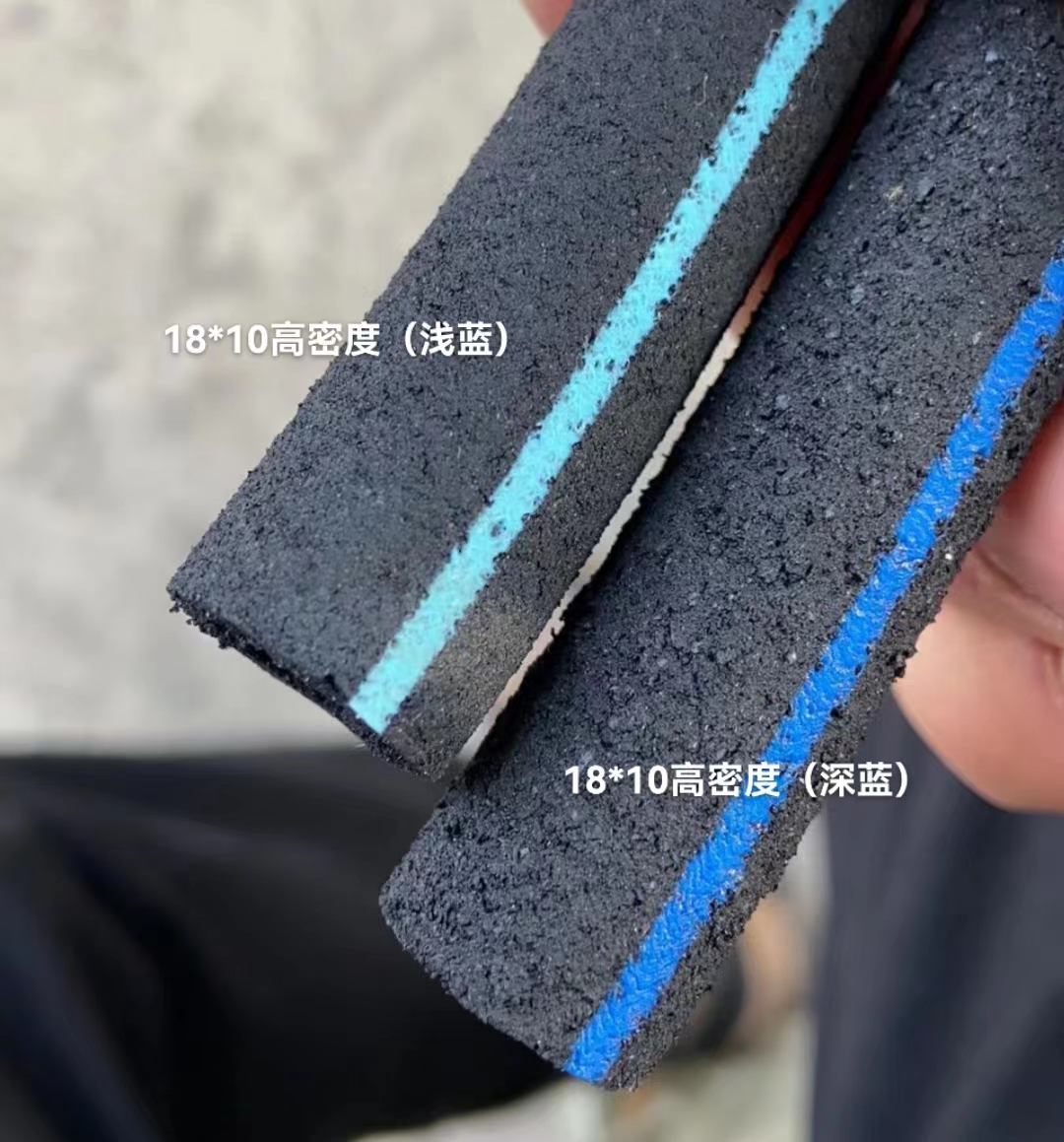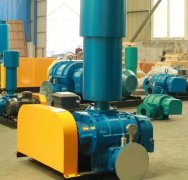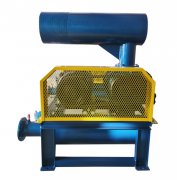The following is an example of a technical specification document for microporous aeration tubes, which mainly covers the basic parameters, materials, design requirements, installation and maintenance of the equipment:
1、 Equipment name and specifications
1. Equipment Name: Micro porous Aeration Tube
2. Specification: For example, Φ 65mm × 1000mm (specific dimensions can be customized according to actual needs)
2、 Basic parameters
1. Service water depth: generally up to 5m or deeper (depending on specific model and design)
2. Effective service area: determined according to the length and layout of the exposure tube, generally 1-3m2/set (or customized according to actual needs)
3. Ventilation rate: 5-10m3/set (or adjusted according to actual needs)
4. Oxygen utilization rate:>28 (high-quality products can reach over 35)
5. Oxygenation capacity: 0.112-0.185kg/h · m (or customized according to actual needs)
6. Resistance loss: generally between 2000-3000 Pa/h (specific value depends on the design and material of the exposure tube)
3、 Material and Characteristics
1. Rubber film: It is usually made of EPDM or other corrosion-resistant and anti-aging materials, and has the characteristics of heat resistance, ozone resistance, acid and alkali resistance, and good chemical stability.
2. Support pipe: generally made of ABS or PVC material, with good corrosion resistance and mechanical strength.
3. Connector: Made of corrosion-resistant materials such as stainless steel to ensure a secure connection and prevent rusting.
4、 Design requirements
1. Structural form: The microporous aeration tube should be a circular tube type, formed by a membrane attached to the support tube. The micropores on the membrane should be evenly distributed to ensure uniform aeration effect.
2. Bubble size: By designing a reasonable size and shape of the membrane micropores, the diameter of the generated bubbles is maintained between 1-3mm to improve oxygen utilization and oxygenation efficiency.
3. Air intake method: Air should enter the aeration tube evenly through the entire support tube to avoid damage to the diaphragm caused by excessive local pressure.
4. Installation method: The aeration pipe should be easy to install and maintain, and able to adapt to different shapes of fish ponds or water treatment tanks.
5、 Installation and maintenance
1. Installation requirements: The aeration pipe should be installed at the bottom of the fish pond or water treatment tank to ensure that the bubbles can be evenly distributed throughout the entire water body. During installation, care should be taken to avoid damaging the diaphragm and connectors.
2. Maintenance method: Regularly clean the aeration tube to remove accumulated dirt and microbial film. Chemical cleaning agents or high-pressure water guns can be used for cleaning. At the same time, the connection parts of the aeration pipe should be regularly checked for looseness or damage, and repaired or replaced in a timely manner.
6、 Other precautions
1. Usage environment: Micro porous aeration tubes are suitable for urban sewage and industrial wastewater treatment systems, as well as aquaculture environments such as fish ponds. But the specific use needs to be selected based on water quality characteristics and treatment requirements.
2. Quality assurance: Manufacturers should provide a quality assurance certificate, specifying key indicators such as the service life and performance parameters of the exposure tube. Meanwhile, users should pay attention to following the manufacturer's instructions and maintenance requirements during use.
Please note that the above technical specifications are only examples, and specific parameters and requirements may vary depending on different manufacturers, models, or application scenarios. Therefore, in actual procurement and use, please refer to the technical information and instructions provided by the manufacturer.



